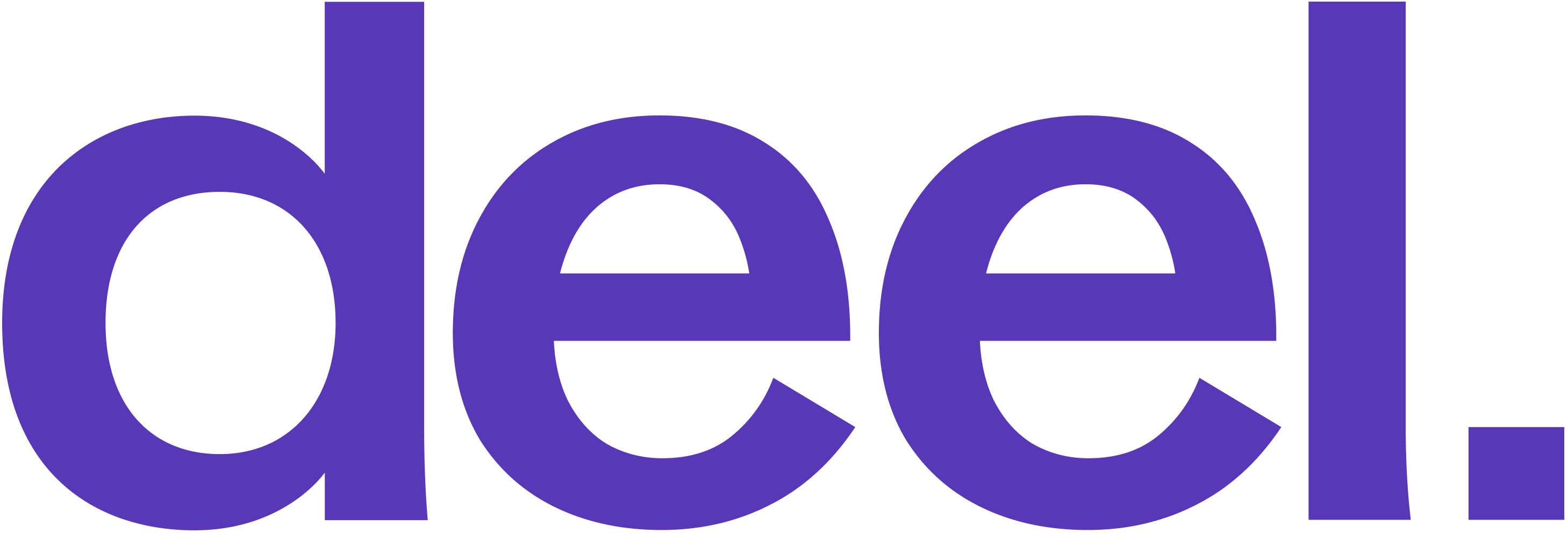The Importance of Doing Retrospectives on Roles
3 minute read
While retrospectives are commonly used in Agile software development, the concepts and what you do in a retrospective also have applications in recruiting. When analyzing a recently closed or filled role, a retrospective can be valuable for gathering feedback, identifying areas of improvement, and enhancing future hiring processes.
Here's how it could work:
- Set the stage: Gather the hiring team and any other stakeholders, either in a live session or asynchronously, involved in the hiring process. Explain the purpose of the retrospective, which is to reflect on the recently filled or closed roles and identify areas for improvement. Also, consider your goal for the feedback, as there are different styles of retrospectives for different targets.
- Gather data: Collect relevant data and feedback from the hiring team and stakeholders. This can include their observations, experiences, challenges faced during the process, and feedback from the new hire. Create a document to capture this feedback. Here is a template you can use.
- Generate insights: Review the gathered data and identify patterns, both positive and negative, that emerged during the hiring process. Consider aspects such as the effectiveness of job descriptions, the quality of candidate interviews, the selection criteria used, and the overall candidate experience.
- Determine action items: Based on the insights gained, collaboratively identify actionable items to improve future hiring processes. This could involve modifying job descriptions, refining interview questions, enhancing the evaluation criteria, or exploring new sourcing channels.
- Close the retrospective: Summarize the findings and agreed-upon action items. Assign responsibilities to team members for implementing the improvements. Document the retrospective outcomes and share them with the hiring team and relevant stakeholders.
By conducting retrospectives in the recruiting process, you create a feedback loop that helps refine and optimize the hiring process over time. It allows the team to learn from their experiences and make data-driven decisions to attract, evaluate, and select candidates more effectively. Additionally, it demonstrates a commitment to continuous improvement and a culture of learning within the hiring team.
Remember that the retrospective process should focus on creating a safe and open environment for feedback. Encourage participants to share their honest opinions and experiences without fear of judgment. If you sense that this might not be possible, consider providing an anonymous form to capture feedback. This will ensure that the retrospective provides valuable insights and contributes to ongoing improvements in the recruitment process.



